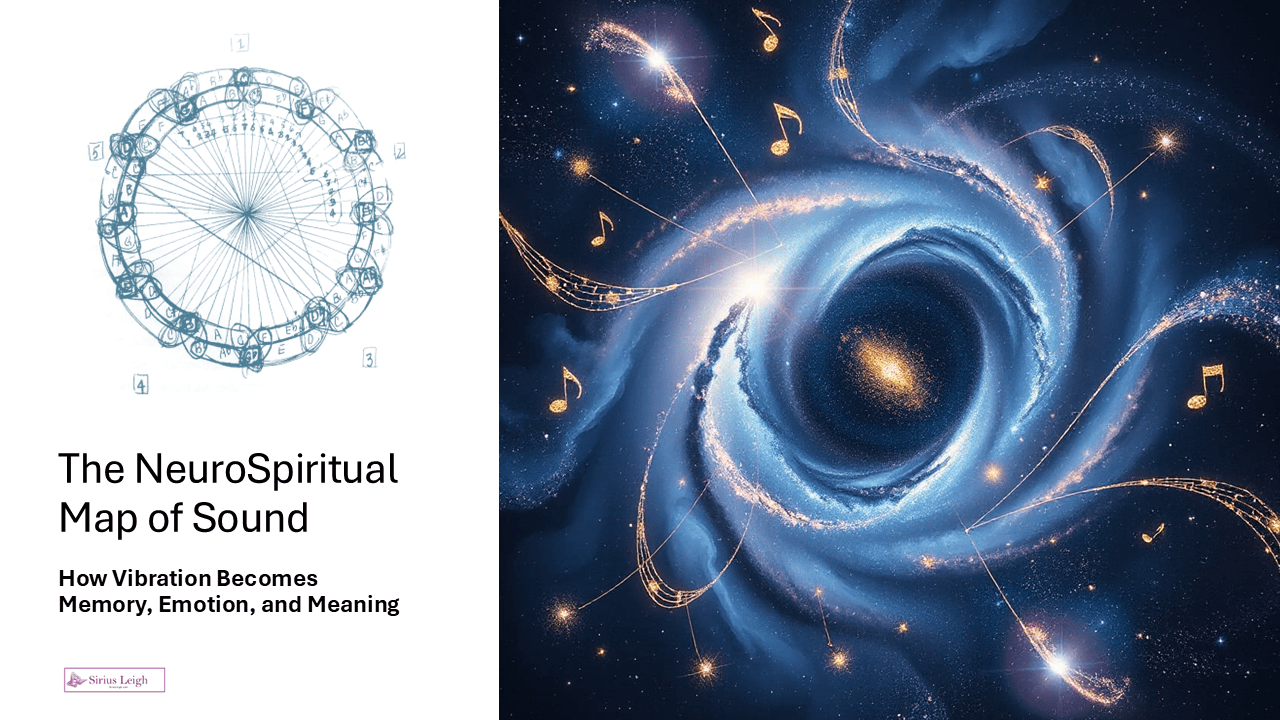
The Neurospiritual Map of Sound
Sound, Memory, and the Soul: How to Use Music to Heal on Purpose
We’ve followed the Circle of Fifths from the minds of Descartes and Newton to the heart of John Coltrane’s cosmic mandala, discovering how sound is shaped by mathematics and how music reflects deeper patterns of the universe.
But let’s bring it closer to home.
Because the truth is: music doesn’t just vibrate in the air. It vibrates in you. In your breath. In your skin. In the buried chambers of your brain.
And if you’re not choosing your sounds with intention, they’re still choosing you—activating old memories, stirring unconscious emotions, and reinforcing patterns you may no longer want to live by.
But what if sound could be used to not just reflect your emotional state—but to transform it?
The Amygdala: Your Brain’s Sound and Emotion Switchboard
Deep in the brain lies a small almond-shaped structure called the amygdala. It’s part of the limbic systemThe Neural Nexus of Emotion, Memory, and Behavior The human brain is an intricate network of interconnected systems, each contributing More (the brain’s emotional engine room) and it’s deeply connected to memory, threat detection, and meaning-making.
The amygdala is also highly responsive to sound. In fact, it’s one of the first regions to activate when you hear something emotionally significant: the laugh of a loved one, the cry of a baby, the rumble of thunder, or the opening notes of a song that takes you back 20 years in an instant.
Sound travels faster than conscious thought. It bypasses your reasoning mind and heads straight for your survival circuitry. That’s why a song can make you cry before you know why, and why a certain melody can feel like coming home, even if you haven’t heard it in years.
Sound as a Memory Loop
Music doesn’t just reflect memories – it writes them. Each time you pair a sound with a strong emotional state (joy, grief, hope, rage) you reinforce a neural pathway. Over time, those pathways become grooves, and the grooves become patterns.
This is why we have “breakup songs” and “hype playlists” and why the first few notes of a church hymn or childhood lullaby can reduce someone to tears. The body remembers what the mind forgets. Music encodes our stories.
But most people engage with music passively. They let the radio play. They shuffle Spotify. They put on a lo-fi playlist to drown out their thoughts, unaware that the background noise is still programming their inner world.
Music as Medicine: When Chosen with Intention
Here’s the shift: what if we stopped using music just to mirror how we feel, and started using it to reshape how we feel?
What if music could be more than an emotional amplifier and become a neuro-spiritual tool for healing and transformation?
This doesn’t mean pressing “play” on a generic happy playlist. It means learning the language of sound as deliberately as a sculptor chooses their chisel or a mystic selects a mantra.
Intentional sound healing might look like:
- Pairing new affirmations with unique musical cues so your brain learns to associate those sounds with safety and growth.
- Rewriting a traumatic memory by listening to a song that evokes power or peace while revisiting the emotion in a therapeutic setting.
- Designing a personal “frequency protocol” using specific intervals, modes, or rhythmic patterns based on what your nervous system needs to rewire.
Coltrane did this intuitively. His later works weren’t just music they were prayers, encoded with intention, structure, and vibration designed to shift consciousness. But you don’t have to be Coltrane to use sound in this way. You just have to listen differently.
Listening On Purpose: A Sound Practice
Try this simple exercise:
- Choose a memory or emotion you’d like to soften, heal, or transform.
- Select a piece of music that contrasts or uplifts the state you’re in – not to suppress the emotion, but to create a new emotional context.
- Play the music in a quiet space, close your eyes, and allow the sounds to wash over you while gently bringing the memory or emotion to mind.
- Breathe deeply. Imagine the music “repainting” the emotional landscape. Let the new sound become the new story.
- Repeat regularly, using the same sound as a signal to your nervous system that a new pattern is forming.
This is sound as somatic coding, rewriting your inner script with harmony, rhythm, and frequency.
From Fifths to Frequencies: Sound as Sacred Design
In the end, the Circle of Fifths is not just a chart, it’s a metaphor. It teaches us that resonance is relational, that transformation happens in cycles, and that beauty emerges when structure and spirit align.
Music doesn’t just move us. It remakes us. Sound activates memory, reopens emotion, and gives us a sacred tool for shaping the narrative of our lives.
So choose your sounds the way you’d choose your thoughts, your companions, your prayers.
Listen with purpose.
Heal with rhythm.
And remember: the song you play on purpose may become the memory that saves you.
“Elisha said, ‘Go around and ask all your neighbors for empty jars. Don’t ask for just a few. Then…
Many people read Bible stories as a chore or an obligation, but once you realize (as in become fully…
Explore the deep relationship between God and mathematics. True understanding requires both intuitive insight and symbolic manipulation. It critiques…
In the heart of Christian faith, the cry from the Cross still echoes: Tetelestai : “It is finished.”These were…
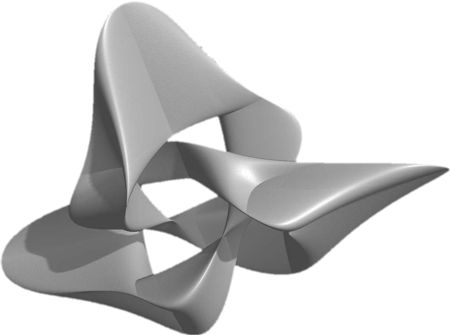
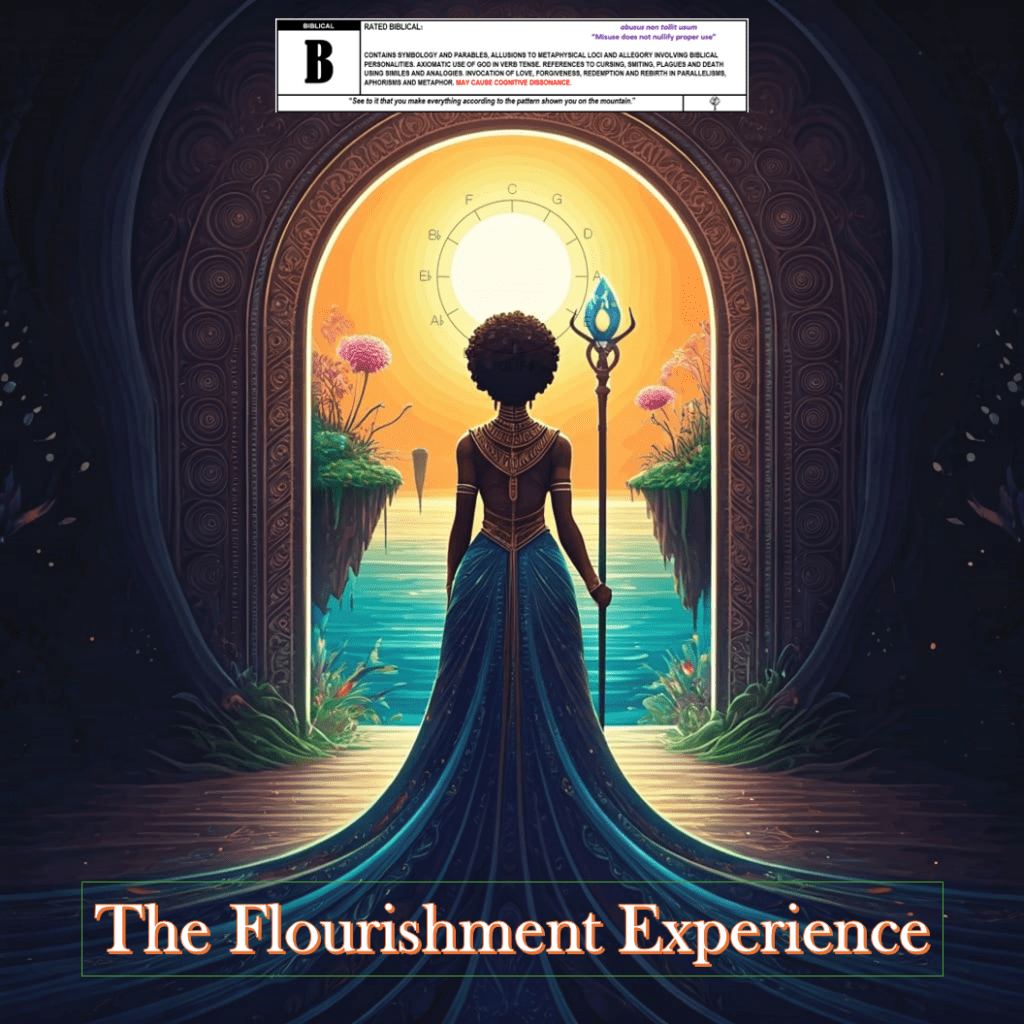

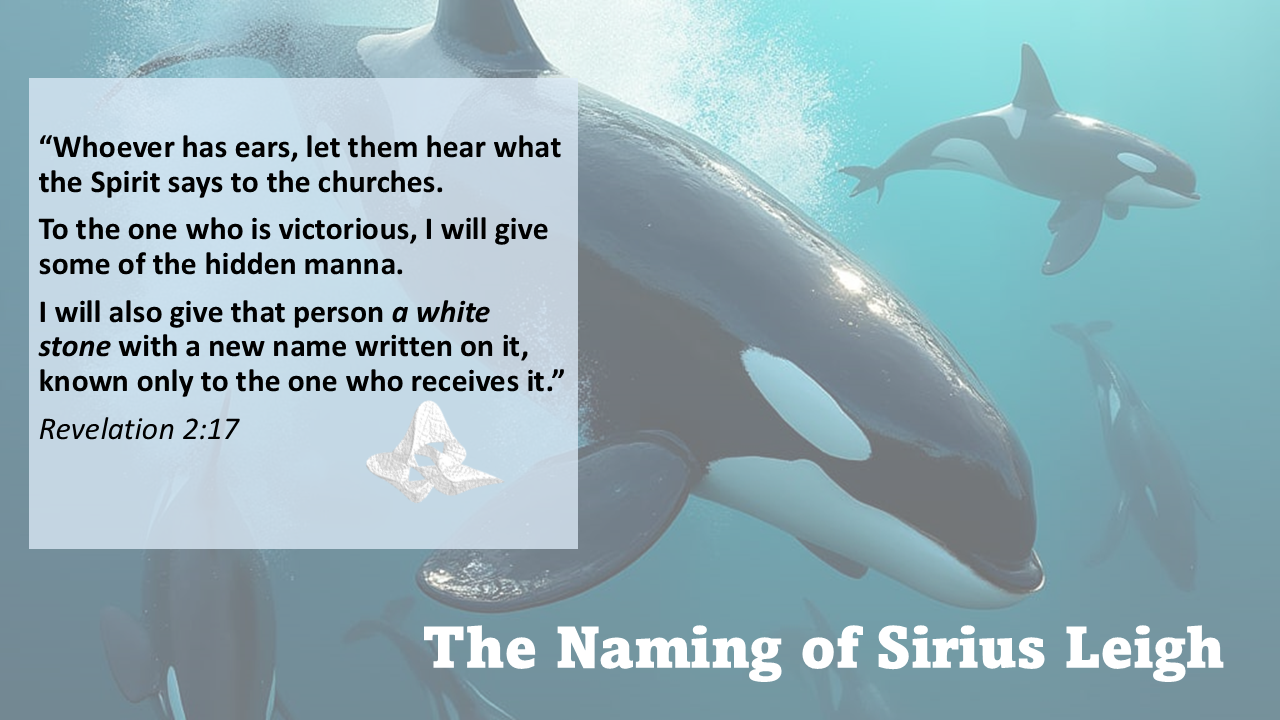
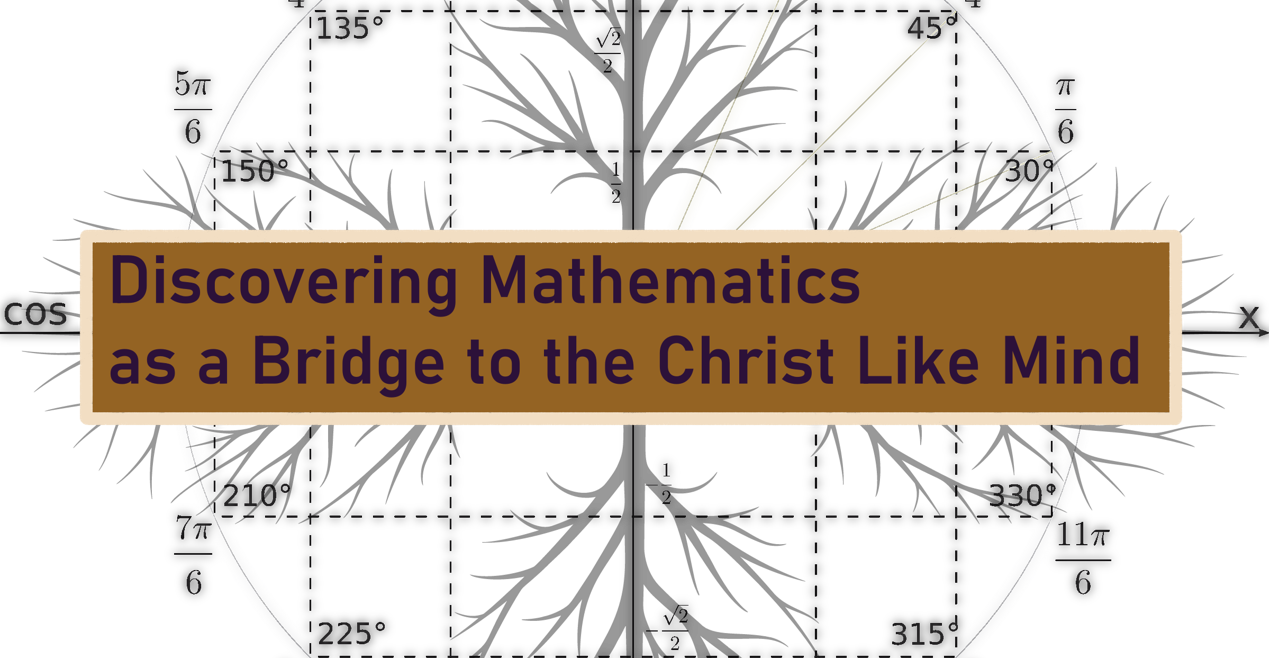
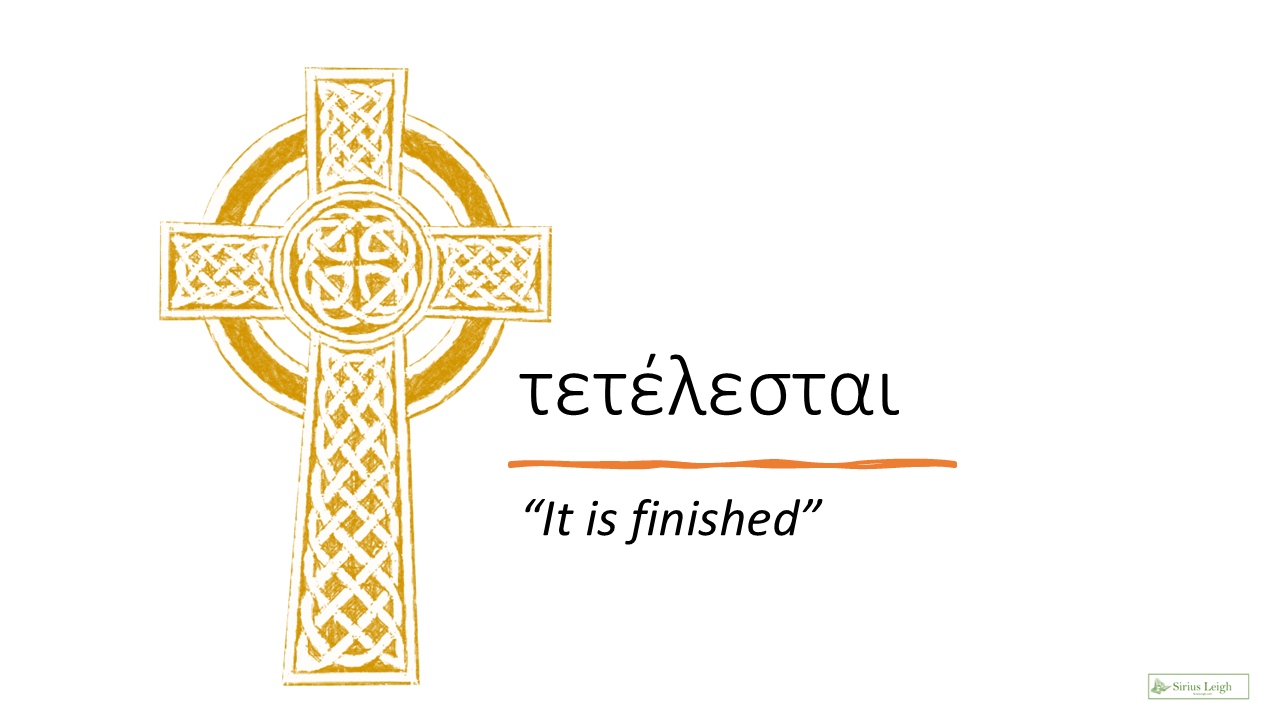
1 Comment